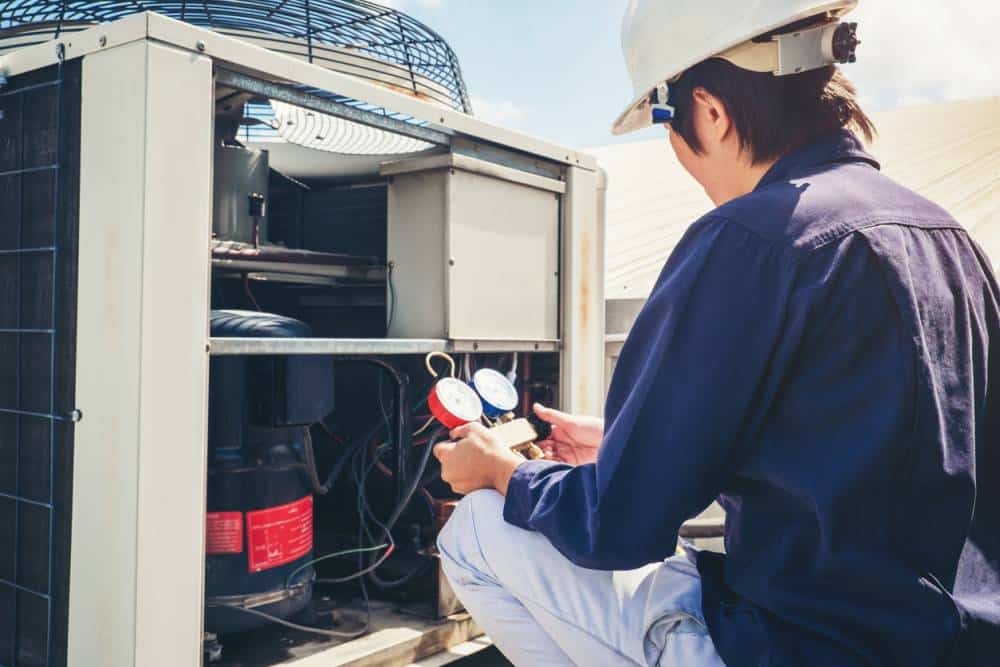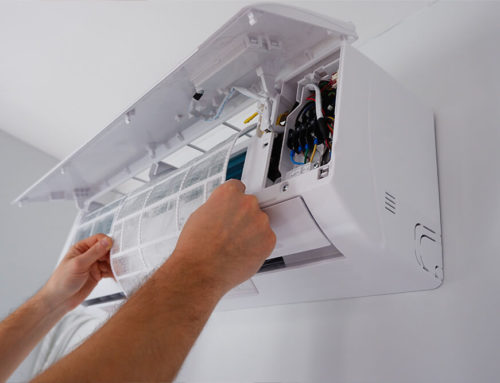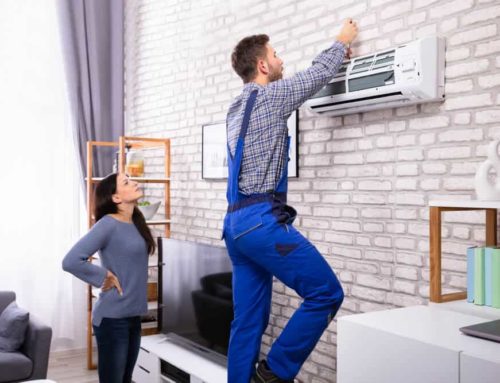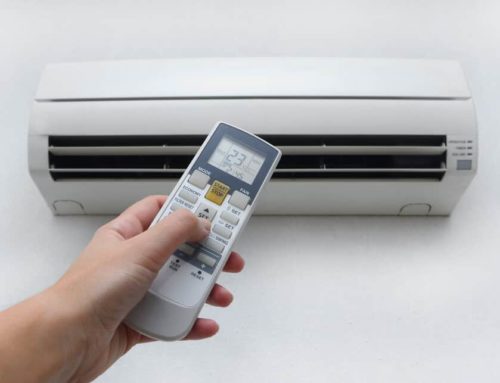If you are thinking of having your HVAC system replaced, maybe you should consider switching to an hvac rtu system, especially if it is a commercial property in question.
What is an RTU HVAC System?
In the world of HVAC, RTU stands for Roof-top unit. In traditional HVAC systems some components, such as the condenser coils and compressor, are housed outside, while components such as the fan are installed inside. With an RTU, however, all the components are housed in a single package, which is installed on the roof and the cooled air is circulated around your space through your ductwork.
Is RTU air conditioning right for you?
Although this system offers several benefits, which we will look at in a minute, it is not suitable for all types of buildings. For example, an RTU will not function well in a building over ten storeys high as it would not have the capacity to circulate air to each and every room.
It is also important that there is easy access to the roof where the unit is installed. If the roof is hard to get to, it will make installation and, more importantly, maintenance difficult, time-consuming and, therefore, more expensive. Also, if access is difficult, you might neglect to have your unit serviced regularly, considerably shortening its lifespan. This is why RTUs are most often to be found installed in commercial spaces such as restaurants, stores, shopping malls, and warehouses.
RTU HVAC advantages
- Energy efficiency
As all the components have been configured under optimal conditions in the factory, RTUs are extremely efficient. This means real savings for you on your utility bills.
- Space saving
All the components are housed on the roof so no indoor space is lost. This is particularly advantageous for retail outlets where every inch of square footage is valuable.
- Cheaper installation
As the unit is delivered pre-assembled, it is a much quicker and simpler task to install it than to install traditional units. An honest and reputable HVAC firm will, therefore, charge less for installation.
- Easy maintenance
Provided your roof is easily accessible, maintenance and servicing are easier as all the components of the system are in one place.

- Faster repairs
Again, the fact that all the components are housed together makes it easier for the repairman to diagnose and fix a problem should one develop.
RTU HVAC disadvantages
- Limited application
As we said before, RTUs are not suitable for all types of buildings. They require a flat roof space with easy access, and will not work efficiently on buildings over ten stories high.
- Exposure
The roof is always the most exposed place on a building, so if your unit is sitting up there, it is going to get the full force of the elements.
- Animal or bug infestation
Roofs are quiet places, out of reach of traffic and free of people for the most part, which can make them attractive places for animals, birds, or bugs looking for somewhere to call home. And that somewhere could be inside your RTU housing. As you can imagine, this would not do your unit any good.
- Neglect
We all know the saying “out of sight, out of mind.” If your hvac rtu meaning unit is sitting up on the roof where you can neither see nor hear it, you could easily forget about regular maintenance until it is too late.
To sum up, then, an RTU HVAC system can offer considerable benefits over traditional units, including lower installation and running costs, when used in the appropriate setting but is not suitable for use everywhere.
If you are still not sure if this is the right choice for your needs, book an appointment with us today, and we’ll be happy to discuss your options.





